Efficient Traffic Flow Guidance Feedback Strategy Considering Drivers’ Disobedience in ITS
Abstract
1. Introduction
- (1)
- A procedure based on machine learning algorithms, namely the k-means and SVM methods, is used to classify drivers according to their behavior.
- (2)
- A new traffic flow guidance algorithm, the dynamic weighted vehicle density feedback strategy (DWVDFS), is proposed. This latter is based on WVDFS [12] suggested by Dong and Ma. In WVDFS, the vehicle velocity is not taken into account when calculating the vehicle density. In this work, vehicle velocity is considered as an important factor for determining whether traffic congestion happens or not. The adapted DWVDFS therefore takes into account the vehicle velocity when calculating the vehicle density.
- (3)
- A performance evaluation, to assess the added value of both DWVDFS and the pre-filtering technique, is carried out within different configurations. Our solution has been validated through a series of experiments.
2. Related Literature
- (A)
- Driving behavior
- (B)
- Traffic Flow Guidance Feedback Strategy WVDFS
3. Proposed Approach
3.1. Classification Setup
- The distance from home: Usually, drivers tend to follow the instructions of the vehicular system when they are not familiar with the routes. However, when they know the routes very well, there is a higher possibility for them to disobey the instructions. Thus, the distance between the vehicle’s current location and the driver’s home (or daily activity radius) is one of the factors that determines the driver’s next action.
- The age of the driver: Generally, a driver who is older tends to know more routes than young drivers (i.e., the drivers usually become more stubborn when they are young). We may conclude that the drivers who are older may have a higher possibility of disobeying the driving instructions.
- The gender of the driver: Male drivers are usually more confident about themselves; sometimes this kind of confidence is closer to arrogance, which leads to the disregard of the driving instructions.
- The ratio of current velocity/max velocity of the route: Generally, a driver drives faster when he is in a hurry, which leads to a higher ratio. The ratio thus mainly represents the mood of the driver. If the driver is in a hurry, we believe he will tend to follow the instructions.
- The rate of obedience at past times: Although the four factors above have certain influences when the driver makes a decision, the driver’s obedience rate is always important. This rate reflects the driver’s habits to some extent. If the driver has tended to follow the driving instructions in the past, he will tend to follow the instructions in the near future.
3.2. Labeling of Input Datasets
- (1)
- Choose the centers of classes ;
- (2)
- Given the centers () by selecting the closest center, assign all the points (input vector) to class
- (3)
- Given the points in classes (), calculate the new centers
- (4)
- Repeat steps (2) and (3) until convergence:
3.3. SVM Kernel Selection
3.4. New Traffic Flow Guidance Feedback Strategy DWVDFS
4. Simulation Results and Discussion
4.1. Experimental Design
4.2. Simulation Scenario and Performance Evaluation
4.3. Simulation Results and Analysis
Analysis of Different Scenes
5. Conclusions
Author Contributions
Funding
Institutional Review Board Statement
Informed Consent Statement
Data Availability Statement
Conflicts of Interest
References
- Chen, F.; Wang, M.; Duan, L. Letting Drivers Know What is Going on in Traffic. In Advances in Intelligent Vehicles; Academic Press: Cambridge, MA, USA, 2014; Chapter 10; pp. 291–318. [Google Scholar] [CrossRef]
- Lee, K.E.; Hui, P.; Wang, B.H.; Johnson, N. Effects of announcing global information in a two route traffic flow model. J. Phys. Soc. Jpn. 2001, 70, 3507–3510. [Google Scholar] [CrossRef]
- Wang, W.X.; Wang, B.H.; Zheng, W.C.; Yin, C.Y.; Zhou, T. Advanced information feedback in intelligent traffic systems. Phys. Rev. E 2005, 72, 066702. [Google Scholar] [CrossRef] [PubMed]
- Chen, B.K.; Wang, Z.W.; Gao, Y.C.; Zhang, K.; Wang, B.H. Effects of traffic lights for Manhattan-like urban traffic network in intelligent transportation systems. Transp. B Transp. Dyn. 2018, 6, 4–16. [Google Scholar]
- Wang, W.; Xi, J.; Chong, A.; Li, L. Driving Style Classification Using a Semisupervised Support Vector Machine. IEEE Trans. Hum. Mach. Syst. 2017, 47, 650–660. [Google Scholar] [CrossRef]
- Togou, M.A.; Hafid, A.; Khoukhi, L. A Novel CDS-Based Routing Protocol for Vehicular Ad Hoc Networks in Urban Environments. In Proceedings of the 2015 IEEE Global Communications Conference (GLOBECOM), San Diego, CA, USA, 6–10 December 2015; pp. 1–6. [Google Scholar] [CrossRef]
- Chen, B.K.; Tong, W.; Zhang, W.Y.; Sun, X.Y.; Wang, B.H. Flux information feedback strategy in intelligent traffic systems. Europhys. Lett. 2012, 97, 1–6. [Google Scholar] [CrossRef]
- Tang, T.Q.; Yu, Q.; Liu, K. Analysis of the traffic running cost in a two-route system with feedback strategy. Phys. A Stat. Mech. Its Appl. 2017, 466, 1–9. [Google Scholar] [CrossRef]
- Togou, M.A.; Khoukhi, L.; Hafid, A. Performance Analysis and Enhancement of WAVE for V2V Non-Safety Applications. IEEE Trans. Intell. Transp. Syst. 2018, 19, 2603–2614. [Google Scholar] [CrossRef]
- Liu, Y.; Wang, X. The analysis of driver’s behavioral tendency under different emotional states based on a Bayesian Network. IEEE Trans. Affect. Comput. 2023, 14, 165–177. [Google Scholar] [CrossRef]
- Bichicchi, A.; Belaroussi, R.; Simone, A.; Vignali, V.; Lantieri, C.; Li, X. Analysis of Road-User Interaction by Extraction of Driver Behavior Features Using Deep Learning. IEEE Access 2020, 8, 19638–19645. [Google Scholar] [CrossRef]
- Dong, C.F.; Ma, X. Dynamic weight in intelligent transportation systems: A comparison based on two exit scenarios. Phys. A Stat. Mech. Its Appl. 2012, 391, 2712–2719. [Google Scholar] [CrossRef]
- Barnard, M.P.; Chapman, P. The effects of instruction and environmental demand on state anxiety, driving performance and autonomic activity: Are ego-threatening manipulations effective? Transp. Res. Part F Traffic Psychol. Behav. 2018, 55, 123–135. [Google Scholar] [CrossRef]
- Higgs, B.; Abbas, M. Segmentation and clustering of car-following behavior: Recognition of driving patterns. IEEE Trans. Intell. Transp. Syst. 2015, 16, 81–90. [Google Scholar] [CrossRef]
- Qi, G.; Du, Y.; Wu, J.; Xu, M. Leveraging longitudinal driving behaviour data with data mining techniques for driving style analysis. IET Intell. Transp. Syst. 2015, 9, 792–801. [Google Scholar] [CrossRef]
- Ben-Hur, A.; Weston, J. A User’s Guide to Support Vector Machines. In Data Mining Techniques for the Life Sciences; Springer: New York, NY, USA, 2010; pp. 223–239. [Google Scholar]
- Han, R.; Wen, Y.; Bai, L.; Liu, J.; Choi, J. Age of information aware UAV deployment for intelligent transportation systems. IEEE Trans. Intell. Transp. Syst. 2021, 23, 2705–2715. [Google Scholar] [CrossRef]
- Silva, I.; Eugenio Naranjo, J. A Systematic Methodology to Evaluate Prediction Models for Driving Style Classification. Sensors 2020, 20, 1692. [Google Scholar] [CrossRef] [PubMed]
- Chang, C.-C.; Lin, C.-J. LIBSVM: A library for support vector machines. ACM Trans. Intell. Syst. Technol. 2011, 2, 1–27. [Google Scholar] [CrossRef]
- Acosta, A.F.; Espinosa, J.; Espinosa, J. TraCI4matlab: Enabling the Integration of the SUMO Road Traffic Simulator and Matlab® Through a SoftwareRe-engineering Process. In Proceedings of the Modeling Mobility with Open Data: 2nd SUMO Conference, Berlin, Germany, 15–16 May 2014; Springer: Berlin/Heidelberg, Germany, 2015; pp. 155–170. [Google Scholar]
- Dong, C.F.; Ma, X.; Wang, G.W.; Sun, X.Y.; Wang, B.H. Prediction feedback in intelligent traffic systems. Phys. A Stat. Mech. Its Appl. 2009, 388, 4651–4657. [Google Scholar] [CrossRef]

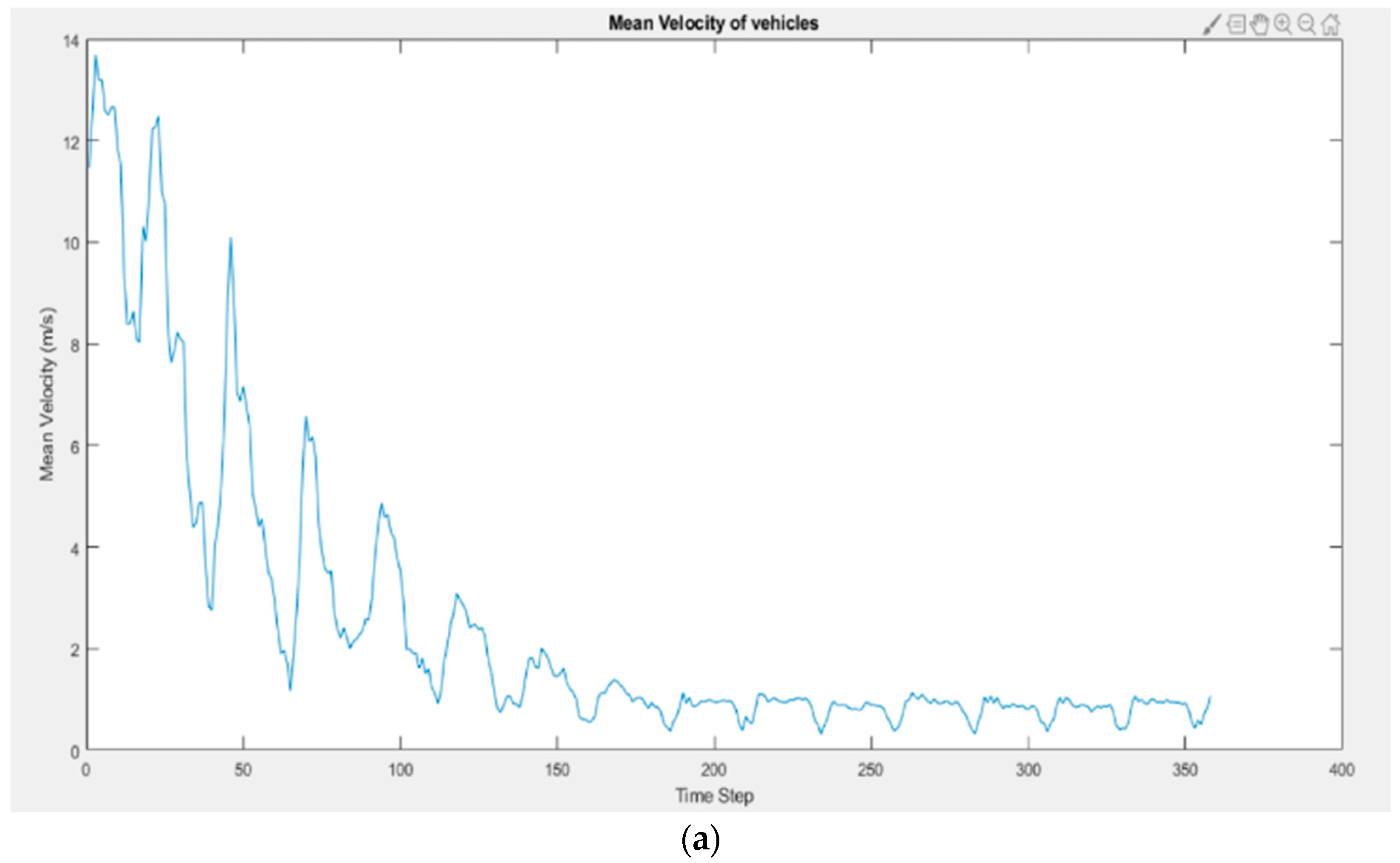
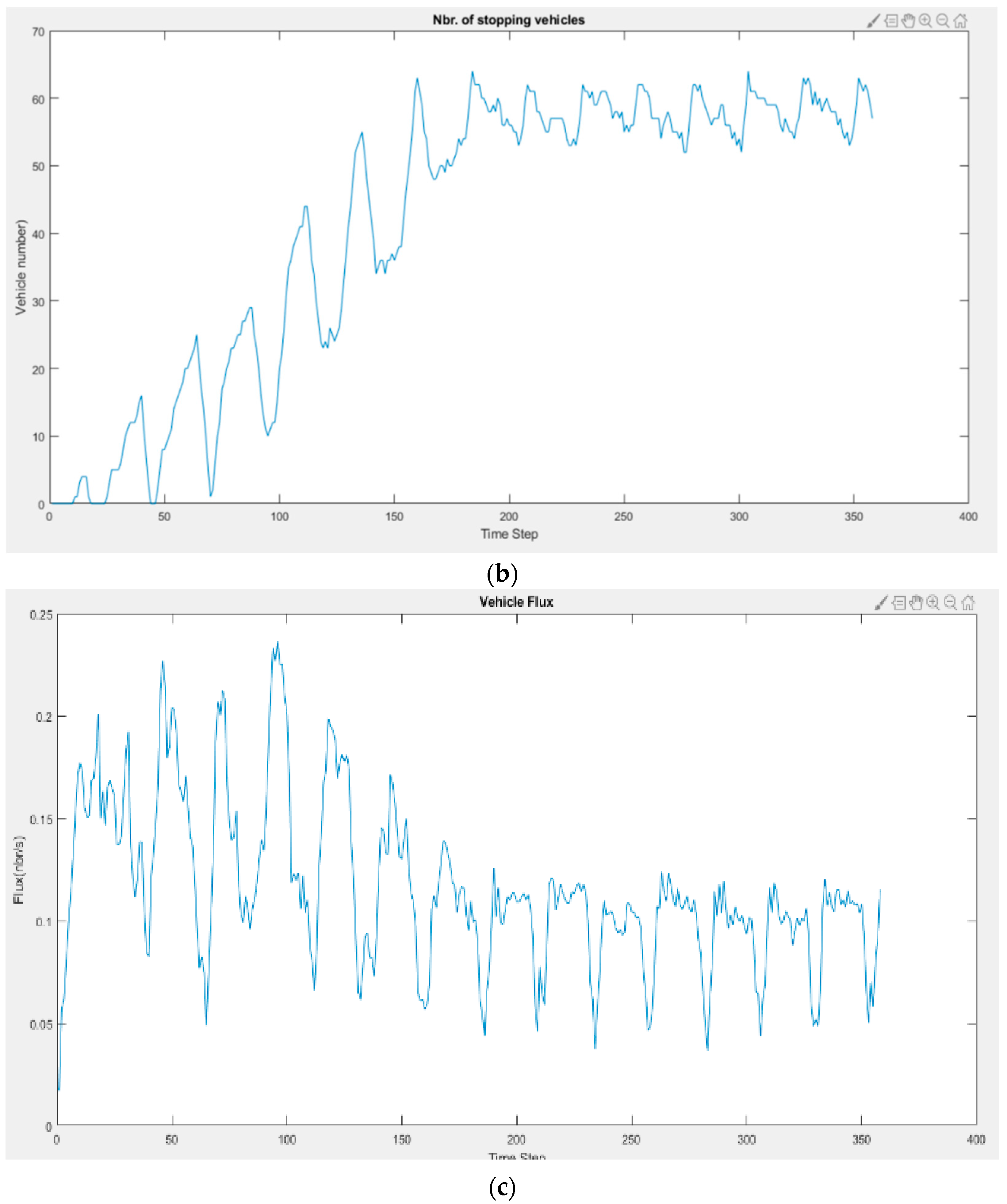
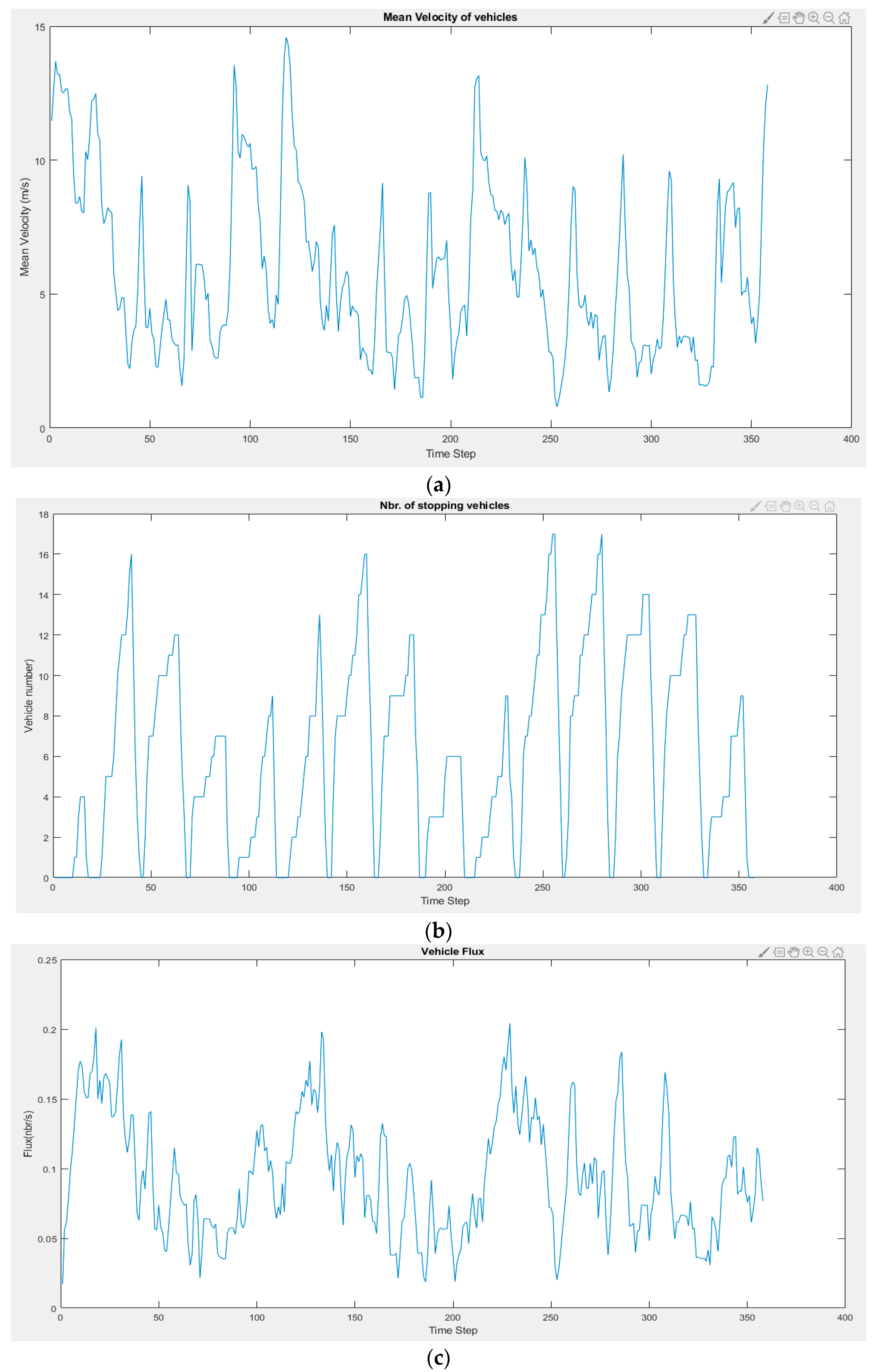
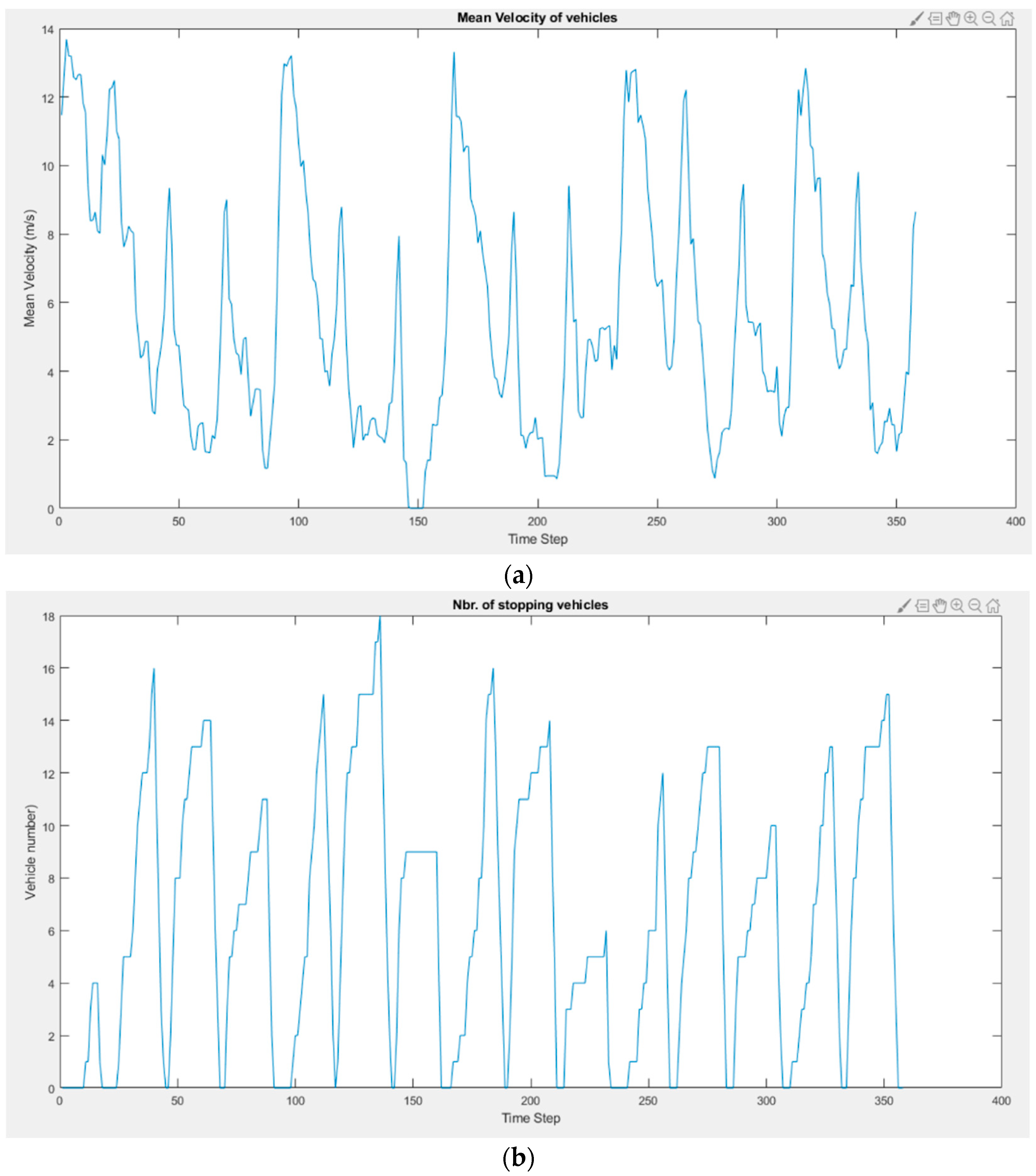
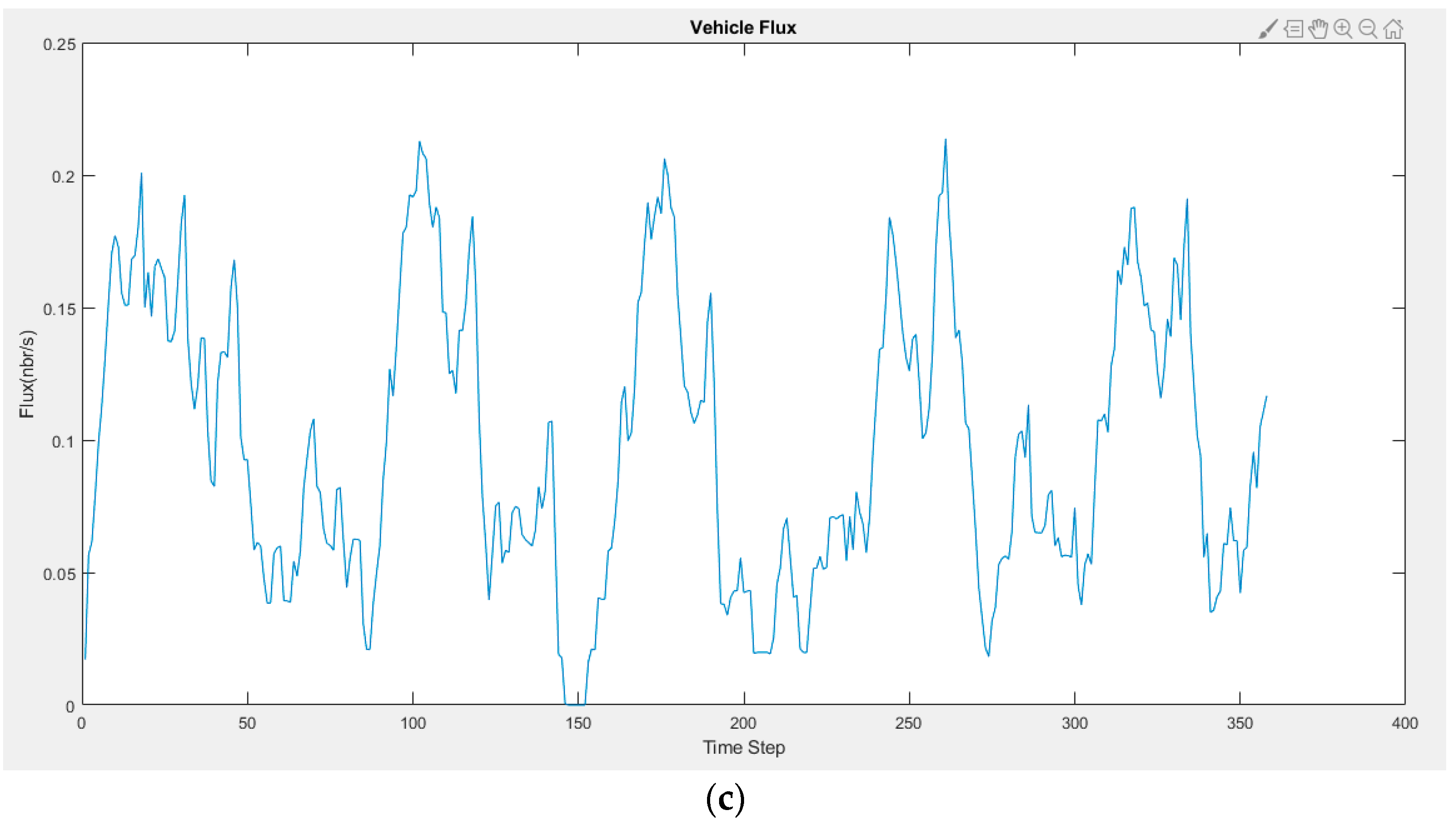
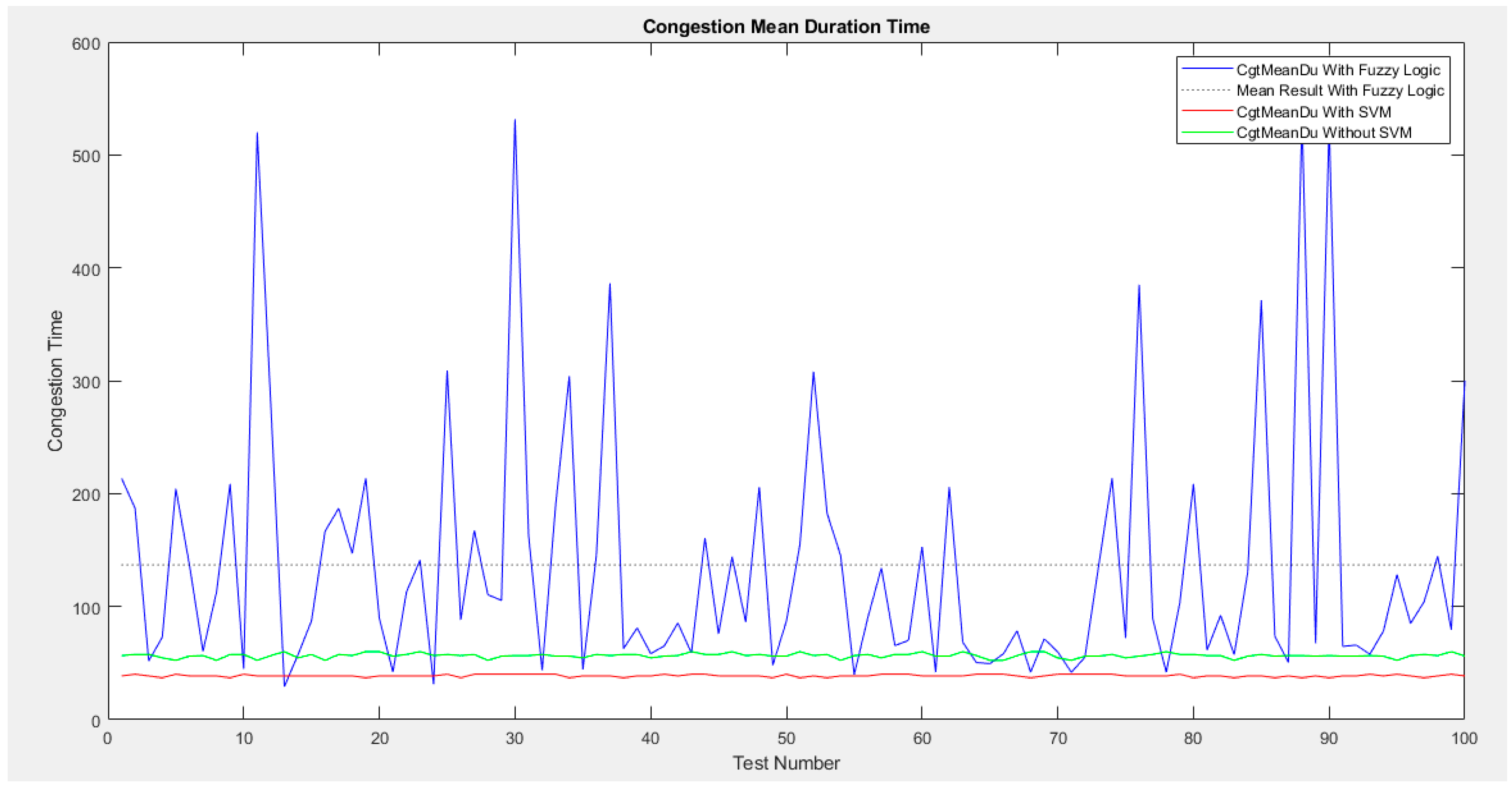
| No Instruction |
|---|
| 8.075 × 102 |
| 8.075 × 102 |
| 8.075 × 102 |
| 8.075 × 102 |
| 8.075 × 102 |
Disclaimer/Publisher’s Note: The statements, opinions and data contained in all publications are solely those of the individual author(s) and contributor(s) and not of MDPI and/or the editor(s). MDPI and/or the editor(s) disclaim responsibility for any injury to people or property resulting from any ideas, methods, instructions or products referred to in the content. |
© 2023 by the authors. Licensee MDPI, Basel, Switzerland. This article is an open access article distributed under the terms and conditions of the Creative Commons Attribution (CC BY) license (https://creativecommons.org/licenses/by/4.0/).
Share and Cite
Hu, Z.; Labadie, N.; Khoukhi, L. Efficient Traffic Flow Guidance Feedback Strategy Considering Drivers’ Disobedience in ITS. Appl. Sci. 2023, 13, 5788. https://doi.org/10.3390/app13095788
Hu Z, Labadie N, Khoukhi L. Efficient Traffic Flow Guidance Feedback Strategy Considering Drivers’ Disobedience in ITS. Applied Sciences. 2023; 13(9):5788. https://doi.org/10.3390/app13095788
Chicago/Turabian StyleHu, Zhengyan, Nacima Labadie, and Lyes Khoukhi. 2023. "Efficient Traffic Flow Guidance Feedback Strategy Considering Drivers’ Disobedience in ITS" Applied Sciences 13, no. 9: 5788. https://doi.org/10.3390/app13095788
APA StyleHu, Z., Labadie, N., & Khoukhi, L. (2023). Efficient Traffic Flow Guidance Feedback Strategy Considering Drivers’ Disobedience in ITS. Applied Sciences, 13(9), 5788. https://doi.org/10.3390/app13095788








